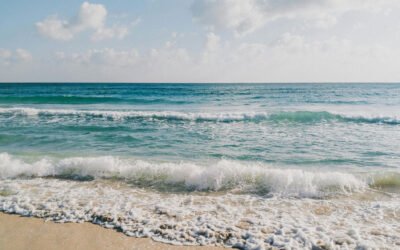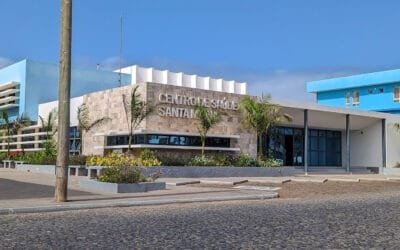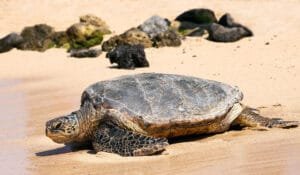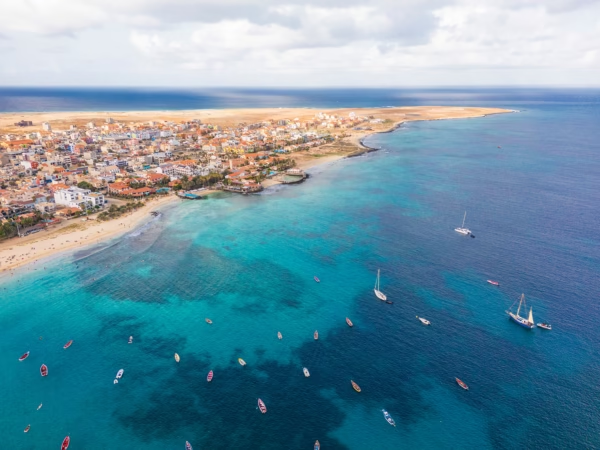Espargos: Capital of the Island in the Heart of Sal
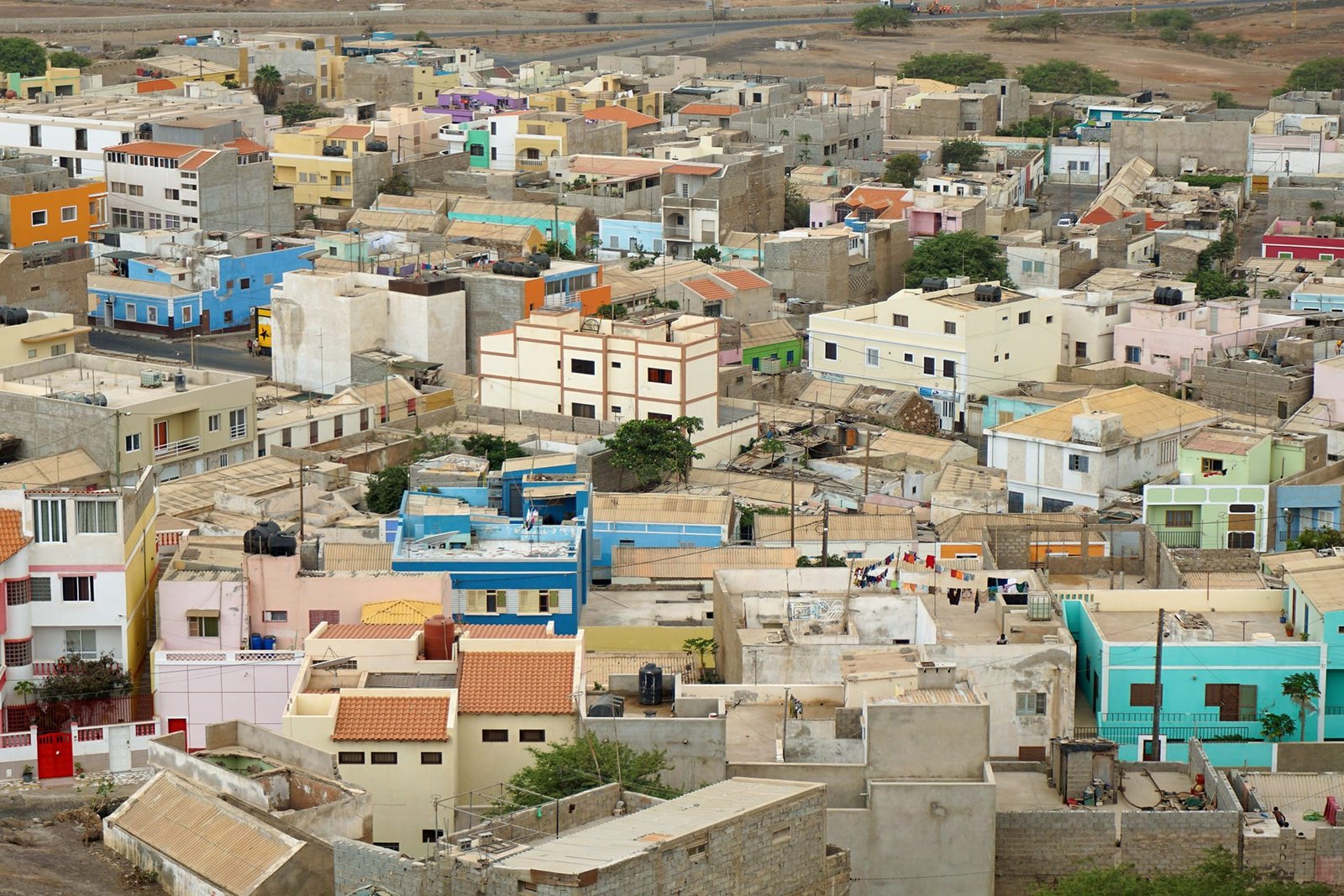
Espargos (Portuguese for “asparagus”) is the capital city of Sal. Although not particularly attractive, it’s less focused on tourism and has a more authentic atmosphere than Santa Maria. It’s nice to visit its shady main square, low-key bars, fruit and fish market, and see the casual street life of Cabo Verdeans. It’s a nice place to try local food, such as sopa de mão de vaca (cow’s foot soup), canja or classic cachupa, and to hear traditional music. On the outskirts are slums with poor shacks lacking electricity or running water – the view is far from beautiful. Still, it is worth seeing poverty as a topical issue in local living realities.
Today, Espargos is the principal commercial and government centre of Ilha do Sal.
Google Maps: Espargos, Cape Verde
Coordinates: 16.756°N 22.946°W
Population (2010): 17,081
Unfinished cement houses, morning markets, and night-time generator hum. Espargos may lack a tourist brochure’s charm, but it embodies the island’s backbone.
The town’s significance lies in its role as host, connector, and headquarters. It fuels the daily life of Sal, both incoming and outgoing. Its airport welcomes visitors and staff, and its roads guide them to beaches, salt, and surf. Its residents keep the island functioning year-round. They are the teachers, taxi drivers, carers, and sports coaches whose routines are invisible to tourists yet essential to the island’s identity.
Espargos: Where did the city’s name come from?
Espargos is the city’s official name. It means “asparagus” and refers to the wild vegetable asparagus stalk with its bright yellow flowers, which grows in sandy areas around the island. It’s found most often on the desert terrains inland and on the beaches. It’s a very characteristic plant for the island. The plant that gave the city its name is commonly known as yellow desert broomrape or cistanche phelypaea in Latin. It’s a distant cousin of the common asparagus, a parasite unable to produce chlorophyll and a master of survival in desert areas.
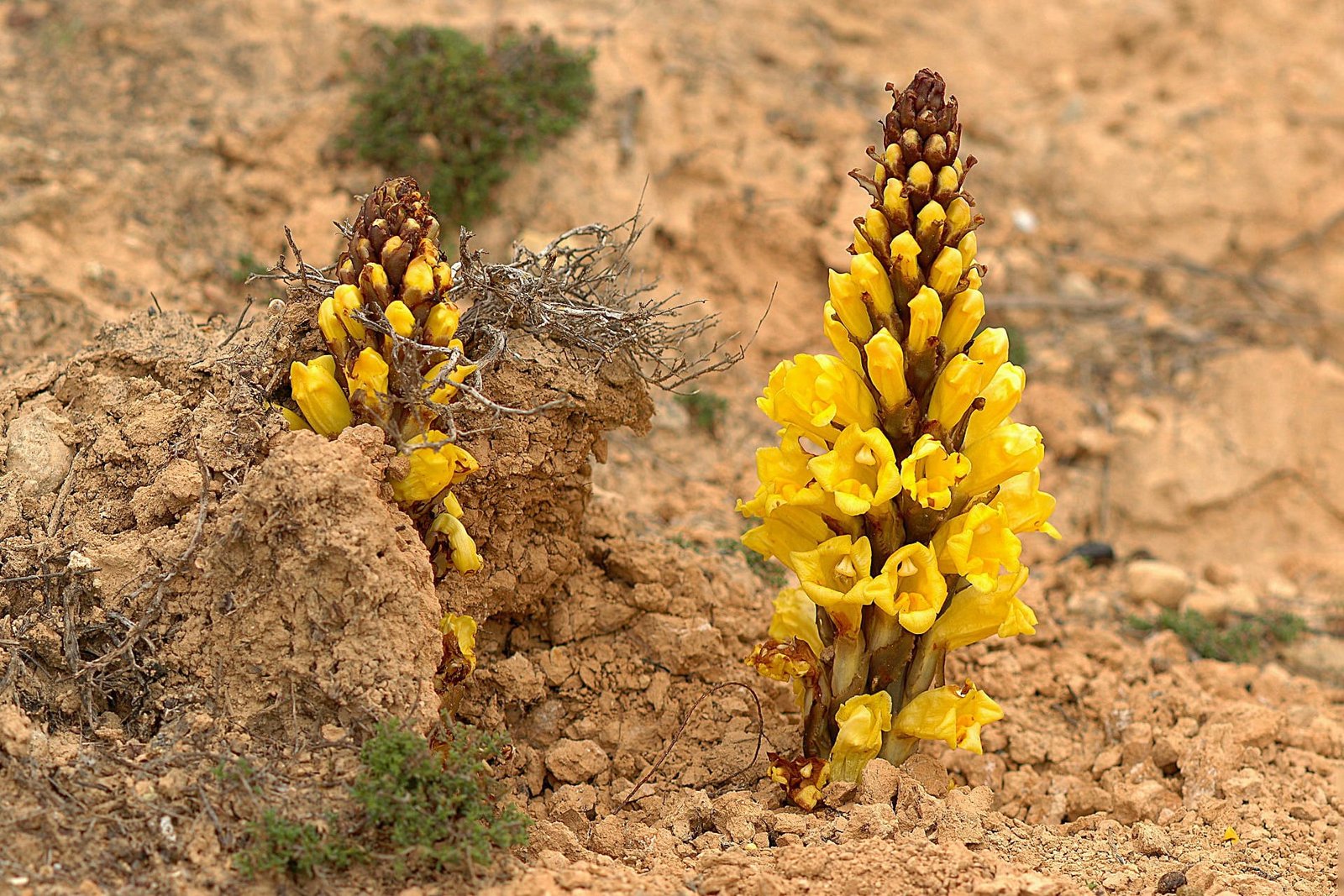

History of Espargos
In 1939, the Italian Government of Benito Mussolini was granted authorisation by the Portuguese colonial government and began construction of a transit airport to service its flights between Europe and South America. However, only simple pre-fabricated installations were built. As a consequence of World War II, Italian involvement in the airport project ceased. In 1945, the Portuguese purchased the airport installation from the Italians to complete its development. By 1949, the Ilha do Sal airport was a fully operational transit facility.
During the construction and subsequent development of the site, people built the first houses in the areas adjacent to the airport. Workers from nearby São Nicolau named the civilian area “Preguica” after the port village on their home island. But sometime later, the fast-growing town got its official name: Espargos. Thanks to new jobs at the airport, the population in the area increased to 5,778 in the 1990s. And it more than tripled (to 17,081) by 2010, when Espargos was upgraded to a city.
Espargos’ Population and Urban Life
From negligible numbers in the mid-20th century, Espargos has expanded into a town of approximately 17,000 people (2010 census), contributing to Sal Island’s overall population of nearly 40,000. Its residents represent a mosaic of Cape Verdean Creole culture: fishermen, airport staff, taxi drivers, and cafe owners. And families whose lives are framed not by tourism, but by daily rhythms — school, football, shopping, and a midday coffee in the plaza.
Local football teams — most notably Académica do Sal and Académico do Aeroporto — fill Estádio Marcelo Leitão on match days, drawing crowds in blue and yellow jerseys. In its modest cafes, men sip espresso-laced grogue, schools teach in Creole, and Portuguese is the official language. This is where the majority of Sal’s professional infrastructure is concentrated.
Commerce and Infrastructure
Espargos hosts most of the island’s public services. The airport terminal connects Sal to the world; public clinics, banks, post office, and internet cafés serve locals; and basic shops and hardware stores supply everyday needs for construction and farming. The municipal government is based here. A nod to the town’s administrative significance, even though Espargos lacks typical civic pomp. Its utility lies in function, not ornament.
In recent years, small-scale growth has seen guesthouses and restaurants catering not to tourists themselves, but to family visitors and business travellers passing through. It is a town of brief stays and firm roots.
Cultural Intersections
Espargos hosts the rhythms of Cape Verdean life in miniature. Religious, civic, and sporting festivals bring diverse communities together. Annual patron saint celebrations unite neighborhoods with music, prayer, and street lights. Football matches are social events that reaffirm identity and local pride. Children play midday football matches; elders gossip under tamarind trees. Here, Sal is not a postcard—it is personal.
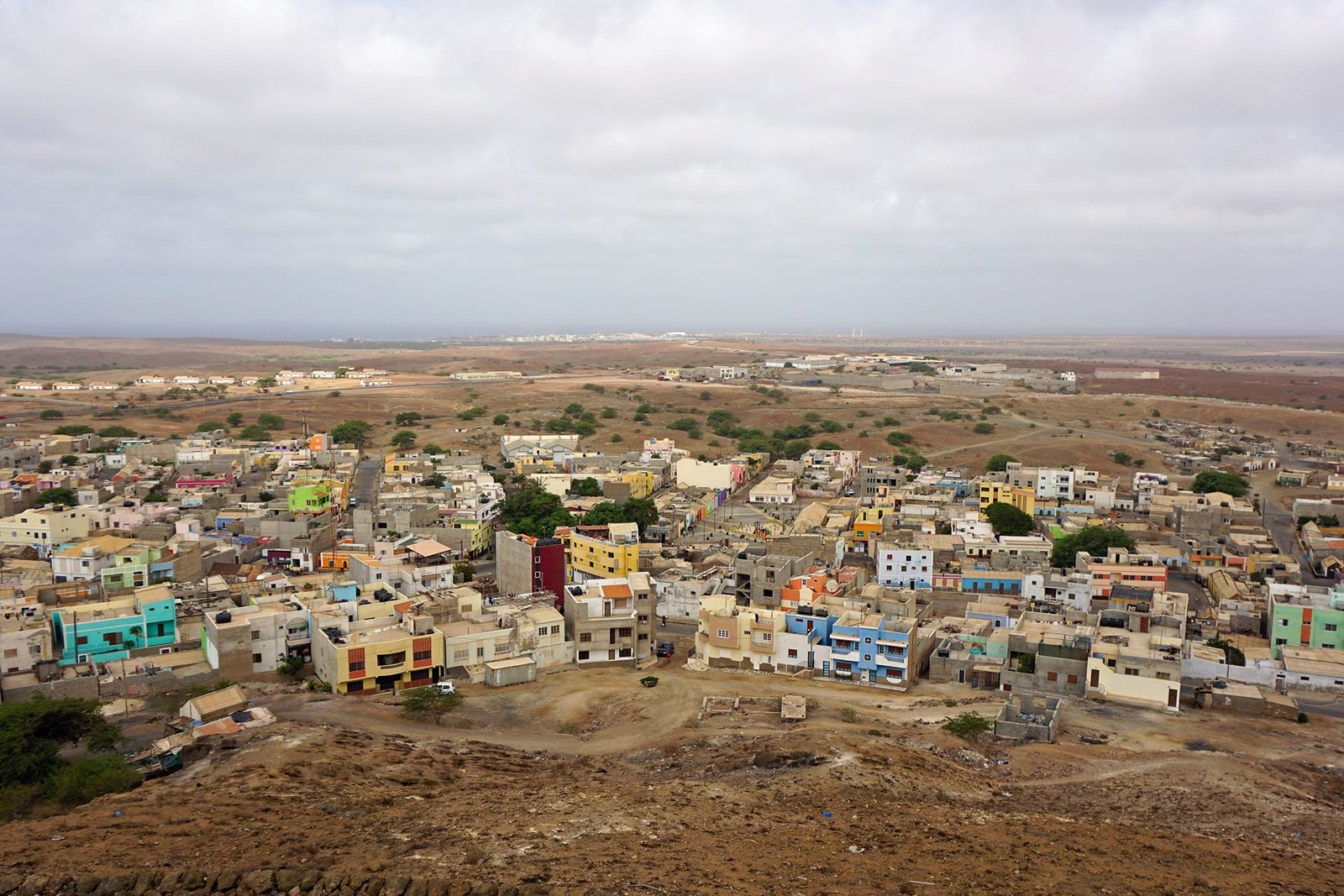
Environmental Context and Future Challenges
Espargos stands on fragile ground. Its dry climate — less than 200 mm annual rainfall — gives it a desert silence. Water must be imported or desalinated, roads are prone to dust, and trees are scarce. Yet, its growth presses demand for drainage, electricity, and proper waste removal. Expansion risks extending infrastructure into conservation zones. At the same time, climate-change assessments suggest rising sea levels and more severe storms, calling for planning in a landscape where nothing except salt remains truly stable.
Bibliography / Sources
- Cape Verde Islands Pocket Guide, Insight Pocket Guides, 2018, ISBN: 1786717972;
- A history of Ilha do SAL by Ray Almeida with information offered by Sergio Santos (Tchetche), Desire Bonnaffoux and Armando Simoes, retrieved 2016;
- Espargos on Wikipedia, the Free Encyclopedia.
-
“Sal: Exploitation of Pedra de Lume salt, airport development, city growth.” Revista de Estudos Atlânticos, 2014
-
University of Lisbon, Dept. of Geography and Planning: Climate and urban resilience in Sal, 2022
-
Field interviews: Espargos residents and municipal staff, 2020–2023
